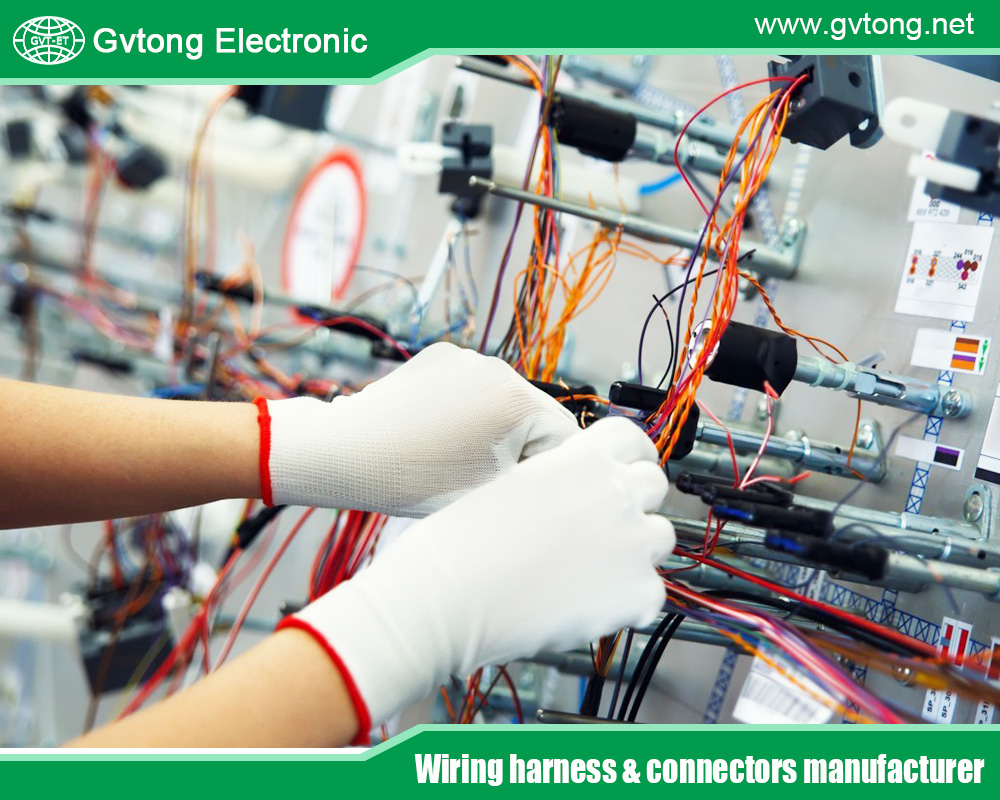Blogs & News
We are focus on automotive wiring harness & connectors technology.
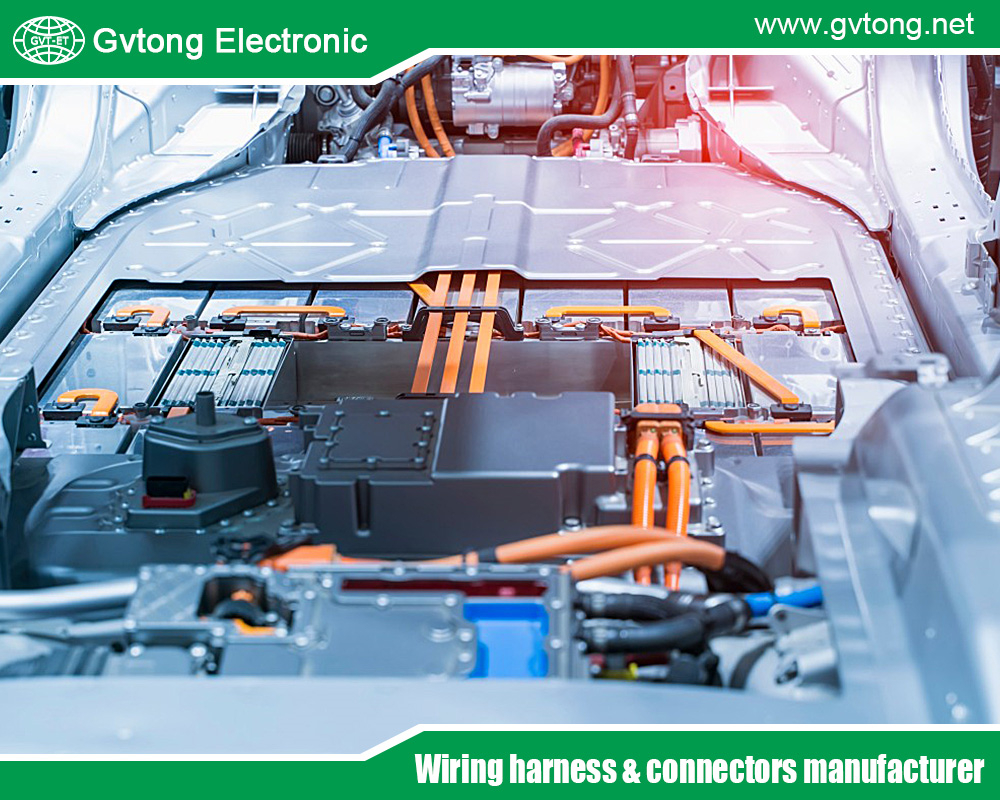
Ensuring Stability and Reliability of Automotive Low Voltage Signal and Power Connectors in Harsh Vehicle Environments
- Gvtong Electronic
- ADAS sensor connectors, Anti-vibration automotive connectors, automotive antenna connector, automotive coaxial connector, automotive data connector, automotive electrical connector, automotive high - frequency, automotive High voltage connector, automotive hybrid connector, automotive Low voltage connector, Automotive Low Voltage Signal and Power Connectors, automotive Oil-resistant Connectors, automotive optical fiber connector, automotive power distribution, automotive Signal Connector, automotive vibration - resistant, automotive waterproof connectors, Battery management system (BMS) connectors, Blind-mate automotive connectors, EV charging connectors, Fuel cell connectors, High-speed data connectors, High-temperature resistant connectors, In-cabin infotainment connectors, Lightweight automotive connectors, Low Voltage Signal and Power Connectors, Low-contact resistance connectors, Modular automotive connectors, Oil-resistant automotive connectors, Pre-charge/discharge connectors, Quick-fit automotive connectors
- No Comments
Ensuring Stability and Reliability of Automotive Low Voltage Signal and Power Connectors in Harsh Vehicle Environments
In automotive electronic systems, low voltage signal and power connectors serve as critical components for transmitting electrical power and signals. Vehicles operate in complex environments involving intense vibrations, extreme temperature fluctuations (such as -40°C to 125°C), and other harsh conditions, placing extremely high demands on connector performance. If connectors fail to maintain stability and reliability under these conditions, they may cause malfunctions in automotive electronic devices, threatening driving safety and user experience. Therefore, researching how to ensure their performance in vibration resistance and high/low temperature tolerance is of great practical significance.
Vibration Resistance Design and Technologies
Mechanical Structure Optimization
- Improved Locking Mechanisms: Traditional connector locking methods may loosen gradually under vibration, while new secondary locking mechanisms effectively address this issue. Take the common snap-lock as an example: based on primary snap fixation, an additional locking component is added. When the snap is in place, the secondary locking component tightly secures it, preventing the snap from popping open due to vibration. For instance, a low voltage connector from a certain automotive brand, equipped with this secondary locking mechanism, maintained stable connection and minimal contact resistance fluctuation after prolonged vibration tests simulating vehicle driving conditions, ensuring stable transmission of signals and power.
- Elastic Buffer Design: Elastic components such as gaskets and springs are set at key internal positions of the connector to effectively buffer the impact force from vibrations. These components absorb vibration energy, reduce the influence on the contact interface, and maintain stable contact pressure. For example, placing an elastic rubber gasket between the terminal and socket allows the gasket to elastically deform under vibration, offsetting part of the impact force and ensuring the terminal and socket remain in good contact, avoiding poor contact caused by vibration.
Material Selection and Application
- High-Toughness Materials: Choosing high-toughness materials for connector housings and internal structural parts can effectively resist mechanical stress from vibrations. For example, high-strength engineering plastics with excellent toughness and fatigue resistance are less prone to cracking or deformation under vibration compared to ordinary plastics, ensuring the structural integrity of connectors. An alloy material of polycarbonate (PC) and acrylonitrile-butadiene-styrene copolymer (ABS), which combines the high strength of PC and the good processing performance and toughness of ABS, is widely used in manufacturing automotive connector housings.
- High-Elastic Contact Materials: High-elastic metal materials are crucial for connector contact terminals. Phosphor bronze, for example, has good elasticity and electrical conductivity, maintaining stable contact pressure in vibration environments to ensure reliable electrical connections. Even under long-term vibration, phosphor bronze terminals retain their elasticity and are less prone to plastic deformation, ensuring stable transmission of signals and current.
Testing and Validation
- Vibration Table Tests: Vibration tables are used to simulate various vibration conditions during vehicle operation for comprehensive vibration testing of connectors. Different vibration frequencies, amplitudes, and directions are set to comprehensively evaluate connector performance in vibration environments. For example, according to automotive industry standards, connectors are tested in X, Y, and Z directions with vibration frequencies varying from several hertz to hundreds of hertz, and amplitudes set according to actual road conditions. The vibration resistance is evaluated by monitoring parameters such as contact resistance and signal transmission quality during testing.
- Real Road Tests: Automotive electronic devices with connectors are installed on actual vehicles for long-term road testing. Data on connector performance in real usage environments are collected under different road conditions (e.g., highways, bumpy dirt roads, mountain roads). Real road tests can more comprehensively verify the reliability of connectors in complex vibration environments and identify potential issues for timely improvement.
High and Low Temperature Tolerance Technologies and Strategies
Material Properties and Selection
- High-Temperature Resistant Materials: Under high temperatures, connector materials must have good heat resistance and dimensional stability. Special engineering plastics such as polyetheretherketone (PEEK), which can withstand long-term use at temperatures above 250°C and retain excellent mechanical and electrical properties without softening, deforming, or decomposing, effectively ensure normal connector operation in high-temperature environments. For metal parts, high-temperature resistant alloys such as nickel-based alloys, with good high-temperature strength and oxidation resistance, are suitable for manufacturing connector terminals and contacts in high-temperature environments.
- Low-Temperature Resistant Materials: In low-temperature environments, materials tend to become brittle, so low-temperature tough materials are needed. Some specially formulated rubber materials can maintain good elasticity and sealing performance at low temperatures. Used as connector sealing washers, they prevent sealing failure due to material hardening in low temperatures, ensuring the connector’s water and dust resistance. Additionally, metal materials with excellent low-temperature performance, such as aluminum alloys, not only have minimal strength loss at low temperatures but also good electrical conductivity, making them suitable for manufacturing connector components in low-temperature environments.
Thermal Management Design
- Heat Dissipation Structure Design: In high-temperature environments, effective heat dissipation structure design reduces connector operating temperature to ensure stable performance. For example, heat sink fins increase the heat dissipation area of the connector housing, allowing heat to dissipate more quickly into the surrounding environment. Optimizing the shape, size, and layout of heat sink fins improves heat dissipation efficiency. Meanwhile, thermal conductive materials such as thermal grease inside the connector transfer heat generated by terminals to the housing quickly, which is then dissipated through heat sink fins, reducing the temperature at the contact area and minimizing issues like increased contact resistance caused by high temperatures.
- Thermal Insulation Measures: In environments with alternating high and low temperatures, thermal insulation measures reduce the impact of temperature changes on the connector’s internal structure. For example, thermal insulation layers made of materials such as ceramic fiber or aerogel are set between the connector and heat/cold sources to block heat transfer. This stabilizes the internal temperature of the connector, avoiding uneven thermal expansion and contraction of materials due to abrupt temperature changes, thus preventing issues like loose or cracked contact parts and ensuring connection stability and reliability.
Temperature Compensation and Adaptive Technologies
- Intelligent Temperature Monitoring and Compensation: Sensors are used to real-time monitor the connector’s operating temperature. When the temperature exceeds the normal range, the control system automatically adjusts relevant parameters for temperature compensation. For example, when increased temperature causes higher contact resistance, the control system automatically increases the supply voltage to maintain stable current transmission; when the temperature drops, it appropriately adjusts the frequency and amplitude of signal transmission to ensure signal integrity. This intelligent temperature monitoring and compensation technology adapts the connector’s working status in real-time to temperature changes, improving its adaptability in high and low-temperature environments.
- Application of Adaptive Materials: New adaptive materials such as shape memory alloys (SMAs) can be applied in connector design. SMAs can recover their preset shape when temperature changes, which can be used to manufacture elastic contact parts of connectors. When temperature changes cause material dimensional variations, SMAs automatically adjust their shape to maintain stable contact pressure, ensuring connection reliability and reducing poor contact issues caused by temperature changes.
Comprehensive Protection and Reliability Enhancement
Sealing and Protection Technologies
- Water and Dust Proof Sealing: High-performance sealing materials and structures ensure the connector’s water and dust resistance in various harsh environments. For example, radial and axial sealing with rubber O-rings, combined with sealant filling gaps, enables connectors to achieve IP67 or higher protection levels, effectively preventing water and dust from entering the interior and avoiding issues like short circuits and corrosion that affect connection stability and reliability.
- Anti-Corrosion Treatment: Anti-corrosion treatments such as electroplating, passivation, and coating with anti-corrosion paint are applied to metal parts of connectors. A protective film formed on the metal surface prevents contact with external corrosive substances, extending the connector’s service life and ensuring stable performance in humid, salt fog, and other corrosive environments.
Redundancy Design and Fault Tolerance Mechanisms
- Redundant Connection Design: Redundant connection methods, such as adding backup connectors or lines, are used for critical signal and power transmission lines. When the main connector fails, the backup connector automatically takes over to ensure uninterrupted signal and power transmission. This redundancy design significantly improves system reliability and reduces the risk of system failure due to connector issues.
- Fault Diagnosis and Tolerance Control: A sound fault diagnosis system real-time monitors the connector’s working status. Once a fault is detected, the fault tolerance control mechanism is activated immediately. For example, when abnormal increase in contact resistance of a connector is detected, the system automatically switches to the backup line and sends a fault alarm to notify maintenance personnel for timely handling, ensuring the automotive electronic system can still operate normally when some connectors fail.
Compliance with Industry Standards and Specifications
- International and Domestic Standards: Strict compliance with relevant international and domestic automotive industry standards, such as International Electrotechnical Commission (IEC) standards, Society of Automotive Engineers (SAE) standards, and China’s national standards (GB), is essential. These standards specify clear performance indicators and test methods for connectors in vibration resistance and high/low temperature tolerance. Designing, manufacturing, and testing in accordance with these standards ensures connector quality and reliability meet the strict requirements of the automotive industry.
- Enterprise Internal Standards and Validation: In addition to industry standards, enterprises should establish stricter internal standards and conduct comprehensive validation tests. Through self-developed testing equipment and simulated working conditions, more in-depth performance evaluation of connectors is carried out to continuously optimize product design and manufacturing processes, improving the stability and reliability of connectors in harsh vehicle environments to meet the enterprise’s high-quality product requirements.
Conclusion
By optimizing mechanical structures, rationally selecting materials, innovating thermal management designs, adopting comprehensive protection technologies, and following strict industry standards, automotive low voltage signal and power connectors can effectively ensure connection stability and reliability in harsh vehicle environments such as vibration resistance and high/low temperature tolerance. With the continuous development of the automotive industry, requirements for connector performance will become increasingly stringent. In the future, continuous technological innovation and R&D efforts are needed to meet the growing demand for high-performance and high-reliability automotive electronic systems, providing a solid guarantee for the safe and stable operation of vehicles.
For more about ensuring stability and reliability of automotive low voltage signal and power connectors in harsh vehicle environments, you can pay a visit to Gvtong at https://www.gvtong.net/ for more info.
Recent Posts
The Best GR Series-Circular Connectors Manufacturer
The Best GD Series Combined Power Connector Manufacturer
A Guide to Selecting the Best GH Series Plastic Connector Manufacturer
How High Pressure Connectors Work?
The Best Automotive Connector Companies
Tags
Recommended Products
-
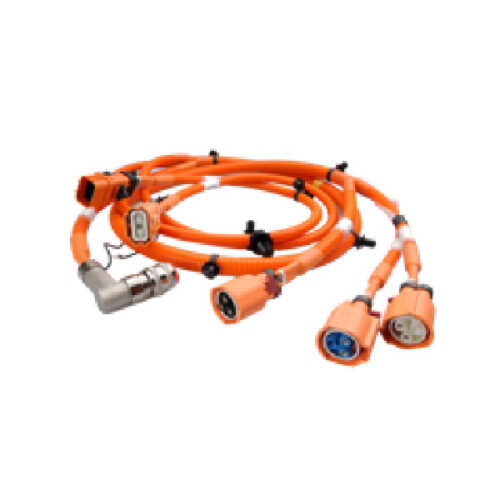
High voltage harness
-
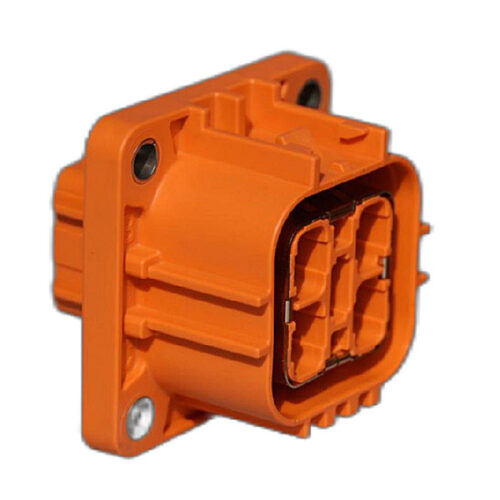
GH630 Series-4-core plastic high voltage connector
-
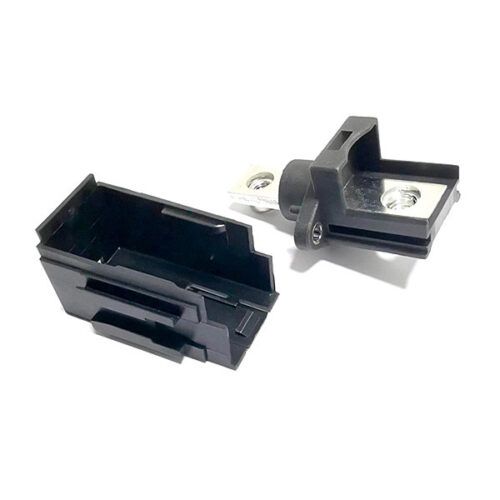
DCDC wall-through terminal – with protective cover
-
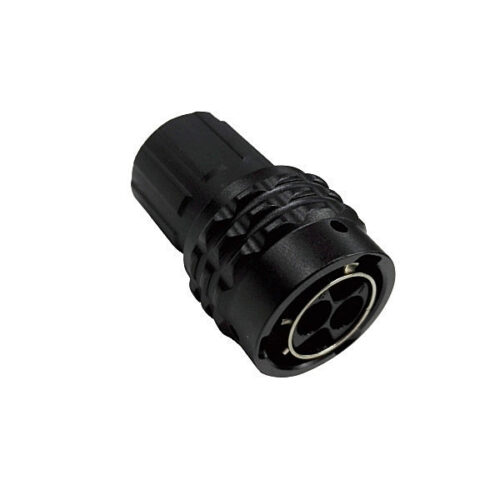
Signal connector-2 core-12#
-
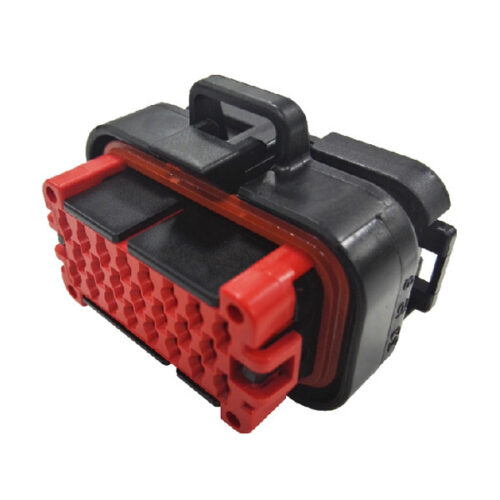
GE Series-23-core three-row signal connector
-
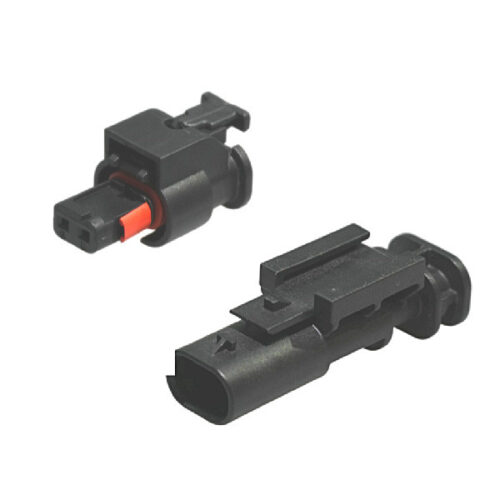
GE Series-2-core cylinder connector
-
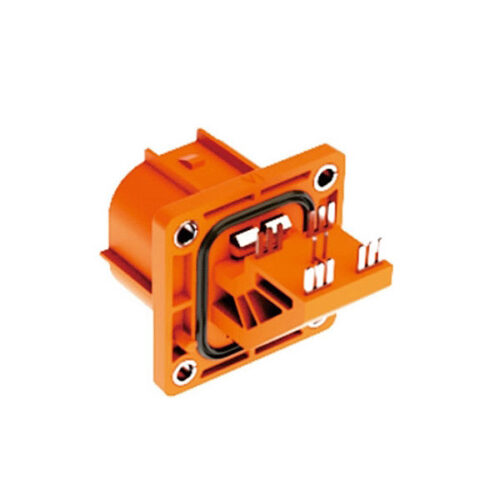
High voltage connector (4 cores)
-
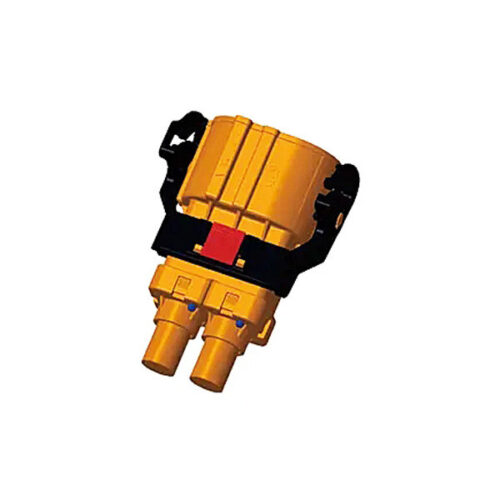
High voltage connector-GH800 series-2 core


